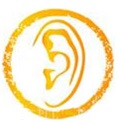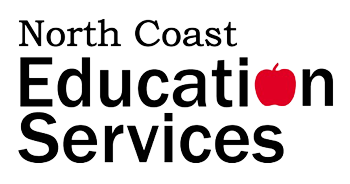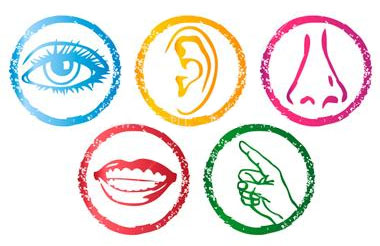In our last post, we discussed multi-sensory learning and the benefits that it can have in a classroom. By incorporating multiple senses in the learning process, students are more likely to understand the material and retain the knowledge for the future. (This technique is especially effective with students who have learning differences.) To put it simply, not every student can learn by reading a textbook and listening to a lecture. Multi-Sensory learning encompasses multiple senses, which allows students to learn the material in more than one way.
On the surface, incorporating multi-sensory learning techniques in your classroom or learning environment may sound like a lot more work. The truth is that adding multi-sensory learning is quite simple. You probably do it already and do not even realize it. The trick is to make sure you are using it consistently. Otherwise, you will not see results.
Here are some simple ways that you can add multi-sensory learning in your daily lessons:

VISUAL (Sight) – You are probably thinking, “I know how to use sight in my classroom!” Yes, but there are ways to use it more effectively. Students of all ages will tell you that black and white worksheets are boring and encourage yawns at best. Liven up your worksheets with colorful graphics or print them on colored paper. Take a look at your visual aids in the classroom. Visual aids should not only be legible, but should be engaging. When making a poster, it is important to consider your font, the size of the text, and the colors. Make sure not to use contrasting colors. A good rule of thumb is that if you like it, they will, too.
Also, consider leaving a stack of puzzles for your students to complete in their free time – like Sudoku, word searches, crosswords, or anagrams. Not only do these activities help with visual stimulation, they are great activities for the brain, too!

AUDITORY (Hear) – As we become accustomed to the same sounds, we tend to tune them out. You have probably learned to ignore the printer, the ticking of the clock, and the nagging about how much longer it is until recess. Similarly, it can be easy for students to tone out a teacher’s voice. Record yourself speaking on your phone and play it back. Listen for patterns of speech, volume, and vocal inflection. Does your voice get louder and have different highs and lows, or is your voice spoken all on the same note of a musical staff? Your voice should naturally have some highs and lows. Make sure to add those peaks and valleys to keep the sound of your voice interesting and engaging – especially if you are a college professor.
You can also incorporate more sound in the classroom by investing in some relaxation music. Studies have shown that instrumental music can help the brain focus, so put on a CD or a playlist during quiet time. After experimenting with multiple types, choose a student and let them pick the music for the day. You can also incorporate music in geography lessons while you are discussing different countries. There are even songs out there about math!

TACTILE (Touch) & KINESTHETIC (Fine/Gross Body Movement) – A basic definition of a tactile or kinesthetic learner is a hands-on learner. These students need to work with examples to fully understand the learning. Getting up and moving around also helps a kinesthetic learner. An elementary teacher could look up songs that incorporate movements to teach about the seasons or how to practice good hygiene. They may also invest in a sensory table of sand or shaving cream to help students learn how to write their letters. (I learned with sandpaper!)
When learning math, manipulatives are the most powerful learning aid because it allows the student to see the problem and actually do it. Science activities and experiments are also recommended because they can put their knowledge to the test and see it in action. High school teachers could encourage their students to come up with memory strategies using body movements. For example, we used to remember our planets by saying “My very educated mother just showed us nine planets,” or some variation. (I’m sorry, Pluto!) By coming up with a movement to represent each planet, the students have added another layer to their learning. If they forget the sentences, they can simply repeat the body motions.


GUSTATORY (Taste) & OLFACTORY (Smell) – These are probably the two most challenging senses to incorporate into day-to-day learning. However, it is not impossible. Scratch and sniff stickers can help a child learn the difference between different fruits. You can even bring in the fruits and let your students taste them. I will always remember what a salt rock is because we were able to rub our finger on the rock and taste it. Even a chemistry teacher could let students smell safe chemical substances like chlorine. The trick with incorporating these senses is to think outside the box.
See? It’s not as difficult as you thought it would be. Now…have you thought about combining ALL of the senses into ONE enormous lesson?
Be on the lookout for part three of our multi-sensory series! We will show you how to combine all five senses (and multiple subjects) into one unforgettable lesson plan that your students are sure to enjoy.
Call us today for more information — (440) 914-0200!
Photo Copyright: [5-senses.jpg]. Retrieved May 6, 2015 from http://www.stuffyoushouldknow.com.



